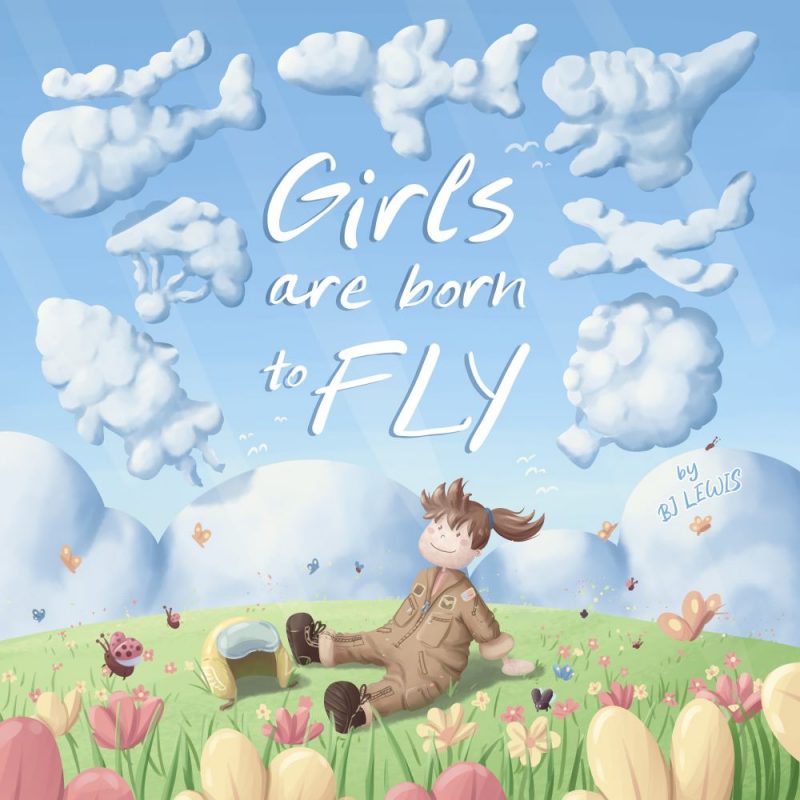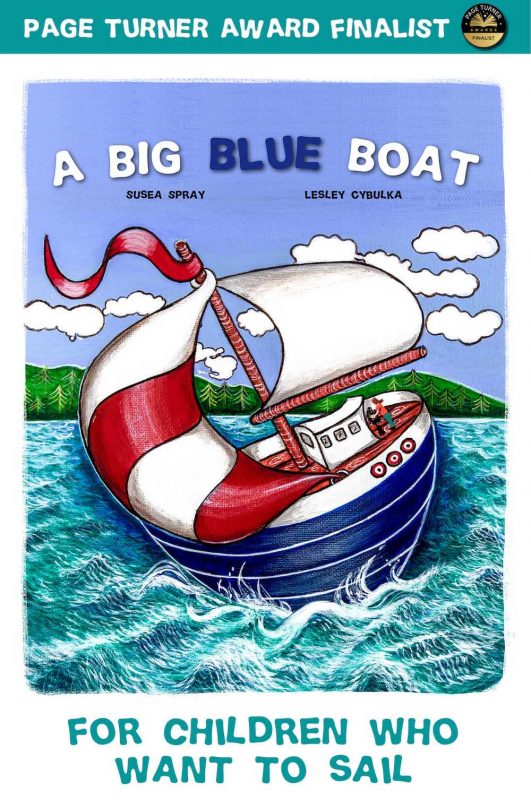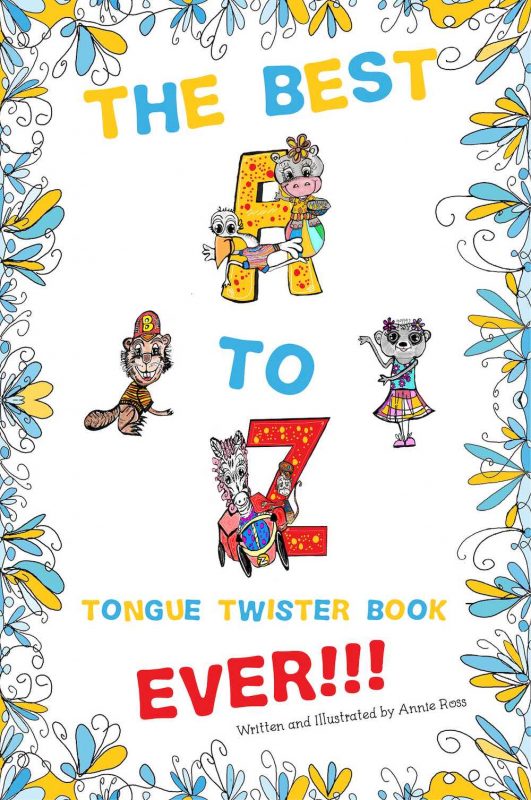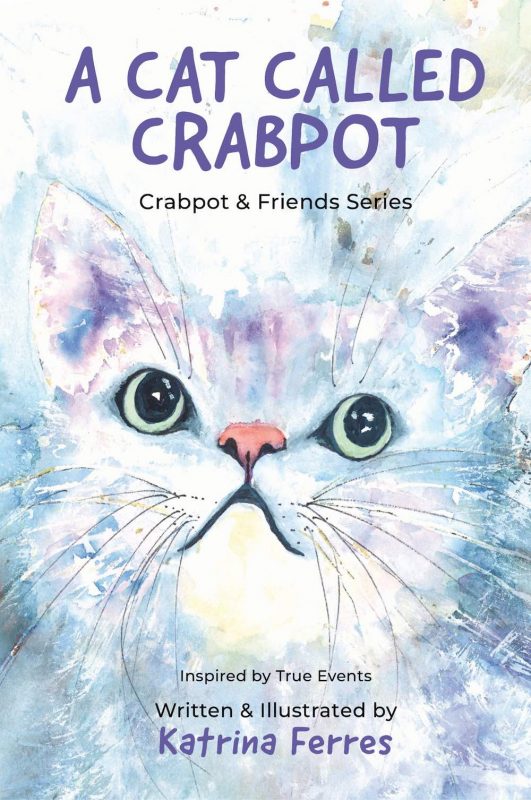There are many kinds of picture books, but if you want to tell a good adventure story, here is an approach I find works well.
My children are my muse. I listen to the way they interpret the world and watch the way they play make believe. It provides an invaluable insight into how they engage with their imaginations and connect it to the world around them. And then I keep that front-of-mind when I begin to write my books. The premise for my main series, The Wild Imagination of Willy Nilly, is built on this very observation. The main character, Willy, is a personification of my son's imagination. I thought I would share with you how I came to my conclusion on the way children interact with their imagination, and how I’ve applied that to my stories.
How Does a Child's Imagination Work?
Unless they live in a particularly odd part of the world, when children look around their location, they don’t see fairies and dragons. They’re not observing fast cars racing for the chequered flag, or people needing to be rescued, or exotic animals exploring wild jungles. But if you listen to them talking, and the games that they play with their toys, you’d think that is exactly what they see.
In reality, they see what we see – albeit from a slightly lower perspective. However, their imagination then engages with our mundane world and amplifies it into something fantastical. All of sudden there are race cars in the sand doing big skids. And fairies up in the trees with the butterflies. Watching this closely gave birth to a theory. If you start your adventure in something familiar, and then build it into something incredible and extraordinary, the child will follow you all the way. Their imagination can build on the foundations of the normal reality with the fantasy elements you create.
If you start your adventure in something familiar, and then build it into something incredible and extraordinary, the child will follow you all the way.
How Did I Apply this in Willy Nilly
It’s this theory that creates the overarching theme of The Wild Imagination of Willy Nilly series.
In the first book in the series, The Little Green Boat, we start with a day at the beach. The story begins very simply: it’s a hot day so Willy and his family pack a picnic basket ahead of a trip to the beach. Willy gets his towel and puts on his sunscreen, then jumps in the car. For most children, especially those in Australia, they can connect instantly with this scenario and visualise it in their mind’s eye. Especially when supported by the images in the book.
However, once they are at the beach, Willy goes for a walk and comes across the titular little green boat. He jumps in and a big wave takes him out to sea. The kids are familiar with waves and no doubt have a healthy fear of them. From here, we can start to take the story into the realms of fantasy. Lost at sea, he makes friends with some dolphins who take him to the nearest beach. But it turns out this is beach is on a secret island. Willy finds a treasure map and follows it on a journey past crazy obstacles and dangerous animals. Eventually he reaches a treasure chest and finds his way home.
In this latter half of the book, the story obviously heads deeper and deeper into a fanciful scenario, but by that point the child is fully engaged. The setup was very familiar and the story spins out in the same way their imaginations do when they are playing with their toys or in the sandpit or in the bushes. They’re inside their mind’s eye now, lost. They're seeing the world painted for them by the story and the images on their level, and living every moment.
I then to add to that in the Apple Books version, by putting in sound effects from the scene. So we have a dolphin, monkey, wave and other relevant sounds playing as each page loads up. (You can read more about how we design children's books for authors here.)
That's the Willy Nilly Theme
So The Wild Imagination of Willy Nilly was born. In his second book, Follow the Breadcrumbs, his adventure is grounded in the experience of going down to the lake to feed breadcrumbs to the ducks. And his third adventure, The Fastest Kid in the World, spins out from the experience of going into the garage with his dad to build a billycart with all the cool tools.
This is why I like to think that Willy Nilly’s adventures exist in the space between reality and a child's imagination. Because it's both. Where the real world and the world as his imagination sees it blend into one. But is he really going on this big adventure out to a secret island as detailed in the book? Or is he still just playing in the sand next to his parents at the picnic spot, imagining that experience? Is this story really happening, or is it just in Willy's mind?
In the end it doesn't matter, because the child has made their own assumption.
Where to next?
Guide: Text Layout in a Children's Picture Book
or
Guide: Setting the Right Expectations for your Children's Book
or
A Step-by-Step Guide to on How To Create Your Own Children's Book






